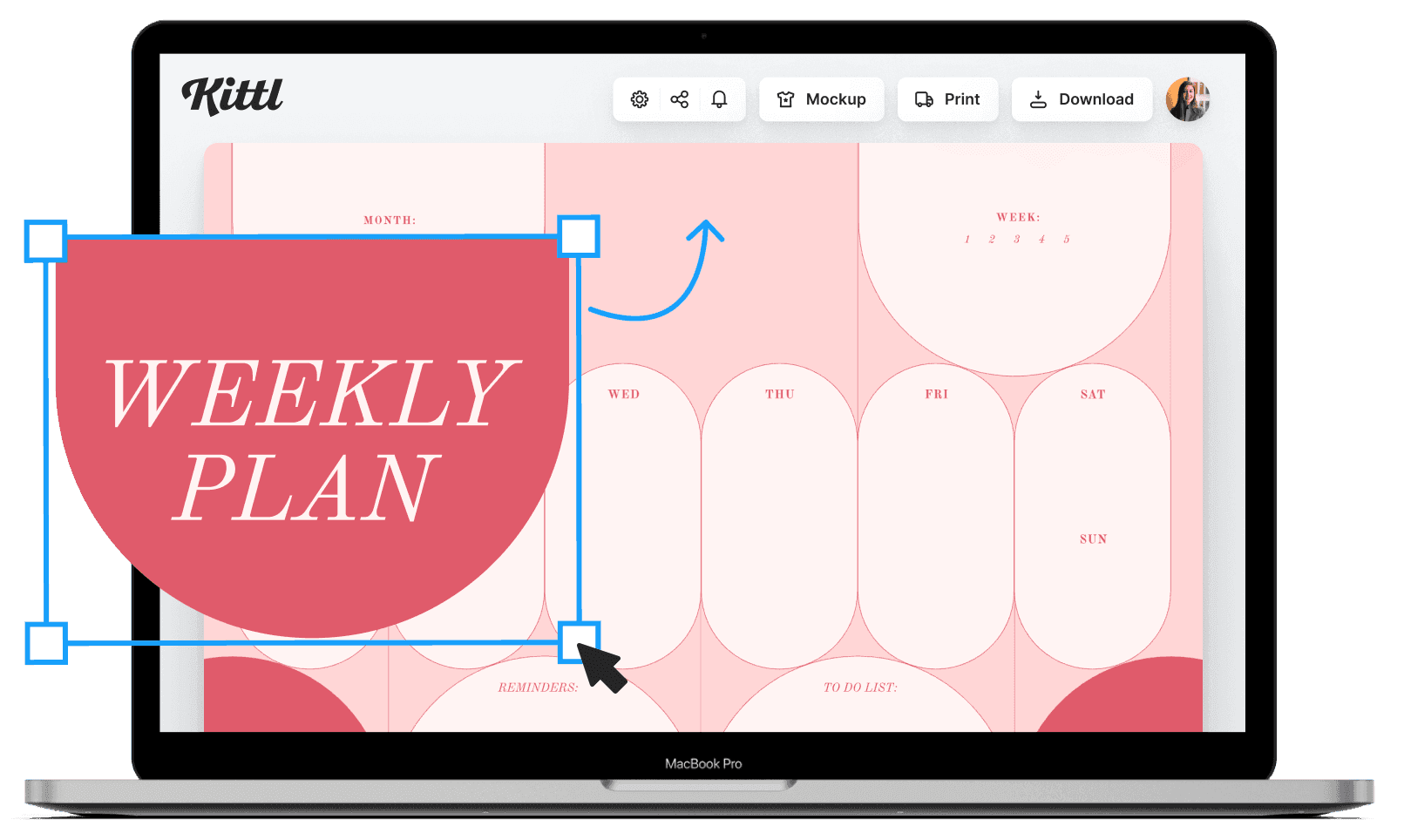

In today’s fast-paced world, effective time management has become more crucial than ever for maintaining productivity and achieving our goals. Let’s learn more about this topic below with Snake Game as we explore how to create and utilize a personalized weekly planner that will transform your organizational skills and boost your efficiency.
Weekly planning serves as the foundation for successful time management and personal productivity. By dedicating time to organize your upcoming week, you create a clear roadmap that helps minimize stress and maximize accomplishment. This practice allows you to align your daily activities with your long-term goals, ensuring that every task you undertake contributes meaningfully to your objectives.
Research shows that individuals who engage in weekly planning are 42% more likely to achieve their goals compared to those who don’t plan ahead. This systematic approach to time management helps you maintain balance between work, personal life, and self-care activities, preventing burnout and enhancing overall life satisfaction.
Read more: What Is the Eisenhower Matrix? And How to Use It
A well-designed weekly planner should include several key elements that work together to create a comprehensive organizational system. Start with a clear timeline view that breaks down each day into manageable time blocks. Include designated spaces for priority tasks, appointments, and personal commitments. This structure helps you visualize your entire week at a glance while maintaining flexibility for unexpected changes.
Consider incorporating sections for goal tracking, habit monitoring, and reflection spaces. These elements transform your planner from a simple schedule into a powerful tool for personal development. Include a weekly review section where you can evaluate your progress and adjust your strategies for the following week.
Begin by identifying your specific needs and preferences for organizing information. Some people prefer minimal designs with essential information only, while others benefit from detailed layouts with multiple tracking systems. Consider your daily routines, work schedule, and personal commitments when designing your template.
Divide your planner into logical sections that align with your lifestyle. Include a monthly overview page, weekly spread, daily task lists, and space for notes and ideas. Remember to leave room for flexibility – rigid planning systems often lead to frustration when life doesn’t go exactly as scheduled.
Time blocking is a powerful method that involves assigning specific time slots to different activities throughout your day. This technique helps prevent task overlap and ensures you allocate appropriate time for both work and personal activities. Start by blocking out your non-negotiable commitments, then fill in the remaining time with other tasks based on their priority level.
When implementing time blocking, be realistic about how long tasks take to complete. Many people underestimate the time needed for activities, leading to overcommitment and stress. Add buffer time between blocks to account for transitions and unexpected interruptions.
Effective prioritization is crucial for successful weekly planning. Use the Eisenhower Matrix to categorize tasks based on their urgency and importance. This helps you focus on activities that truly matter while eliminating or delegating less critical tasks. Remember that not everything that feels urgent is actually important.
Consider your energy levels when scheduling tasks throughout the week. Plan challenging activities during your peak performance hours and save routine tasks for times when your energy typically dips. This energy-based scheduling approach maximizes your productivity and ensures better task completion rates.
Both digital and paper planners have their unique advantages. Digital planners offer convenience, synchronization across devices, and easy editing capabilities. They’re excellent for people who work primarily with technology and need to share their schedules with others. Popular digital planning tools include calendar apps, task management software, and specialized planning applications.
Paper planners, on the other hand, provide a tactile experience that many find more engaging and memorable. The physical act of writing can enhance memory retention and commitment to goals. Choose the format that aligns with your working style and daily habits rather than following current trends.
Consistency is key to successful planning implementation. Set aside specific times for both planning and reviewing your week. Many find Sunday evenings or Friday afternoons ideal for weekly planning sessions. During these sessions, reflect on the past week’s achievements and challenges, then adjust your approach for the upcoming week.
Create a planning routine that feels sustainable and enjoyable rather than burdensome. Include elements that motivate you, such as tracking progress toward personal goals or celebrating small wins. This positive association helps maintain long-term commitment to your planning practice.
Read more: Time Management Apps You Need in 2025
Your weekly planner should accommodate all aspects of your life, including professional responsibilities, personal projects, and family commitments. Create separate sections or color-coding systems to distinguish between different life roles. This comprehensive approach ensures no important areas of your life are neglected.
Consider including tracking systems for various aspects of personal development, such as exercise, meditation, or learning goals. Your planner can serve as a motivation tool by helping you visualize progress across multiple life domains.
Building and maintaining an effective weekly planner is a powerful strategy for improving time management and achieving your goals. Remember that the best planning system is one that you’ll actually use consistently. Start with the basic template provided and customize it to fit your unique needs and preferences. Regular review and adjustment of your planning system ensure it continues to serve you effectively as your life evolves.
Take action today by implementing these planning strategies and watch as your productivity and life satisfaction improve. The investment in creating and maintaining a weekly planning system pays dividends in reduced stress, increased achievement, and better work-life balance.